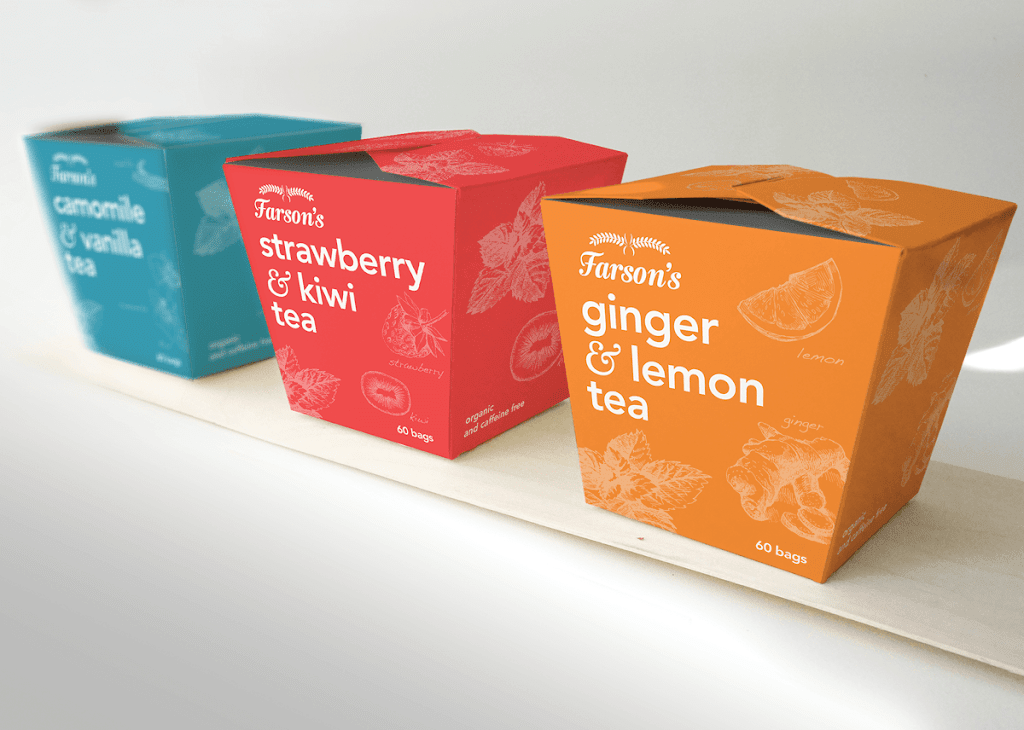One of the weapons that e-commerce has is packaging. The way in which it presents its products is one of the elements that allow a closer relationship with its consumers. At the outset, packaging is important because it is the first real and physical view that the consumer has of what he is buying.
Companies have to take care of it so that the first impact is positive. Thus, boxes of poor quality generate a poor opinion and predispose the consumer to see with worse eyes what comes inside. That is another important and outstanding point, since the packaging has to function as a kind of guarantee. It has to make the products arrive in good condition to the final consumer and that this receives them in the best possible conditions.
That is not the only point where packaging can become a decisive element in establishing value relationships. Packaging also helps create brand image and solidify the general perception of it and, at the same time, can serve as an element to promote other types of actions. Creative and imaginative packaging often arouses great interest among consumers and often functions as a key tool to generate certain types of response. Studies have shown that a different presentation often pushes the consumer to talk about it on social networks and to share in a greater percentage their shopping experiences with their contacts and friends.
Packaging is therefore a very powerful weapon to connect with the consumer but, or at least that is what they start to show new studies, it can also have the opposite effect. The very ‘branded’ packaging is telling the others where we bought them and can let them know what we have bought.
At the outset, this is one of the recurring complaints from consumers during the Christmas campaign and at certain special times when they are not buying for themselves, but are making gifts. The packaging often becomes a brutal spoiler of the gifts that are being made, either because knowing that something comes from a particular store is easy to imagine what it is or because the packaging leaves little space to the imagination.
Pay for discreet packaging
It is not the only time consumers complain about the information that the packaging of their online purchases reveals. A study by Shorr Packaging has just discovered that a third of consumers would be willing to pay even a little more for their online purchases if they arrived in unmarked and more discreet packaging, one that made it more complicated to know what’s inside.
The study has to be put in a certain perspective, since it is done on a US sample and these consumers are faced with a somewhat different online shopping delivery system. Product distribution companies do not always deliver the product face-to-face and leave it in areas where it is possible for other people to get it. They leave it in the mailbox or at the door, which actually makes anyone take it.
31% of consumers surveyed have acknowledged that in the past year they have been the victim of theft of products purchased online because of this delivery system. Someone stealing something from the mailbox seems here less feasible, where even some courier companies call to ask if you can leave the delivery “with some trusted neighbor.”
But despite this the study serves to put the question on the table and to ask once again how e-commerce firms should act. In a way, the packaging also has to respect the privacy of the buyers, even if anyone who sees the package is no more than the professional in charge of delivery. The consumer does not want to always tell the world what he has bought, whatever the reason.


